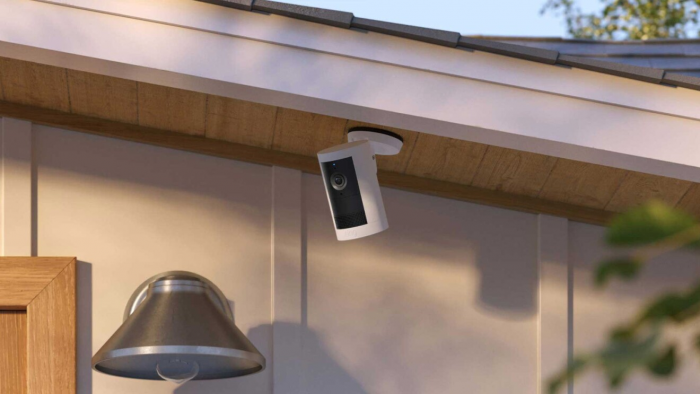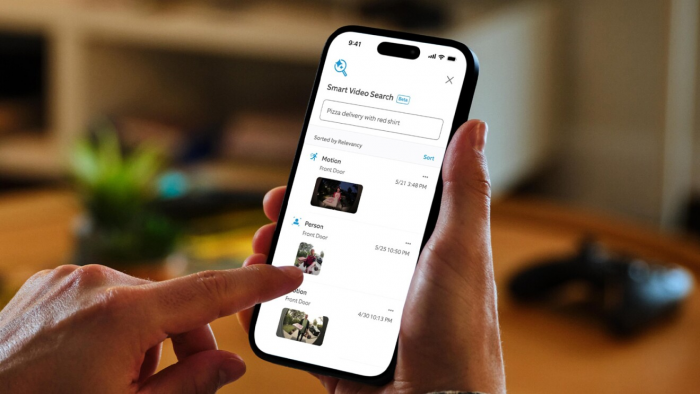Amazon’s Ring has introduced a new generative AI feature called Video Descriptions, designed to make home security alerts more useful and less intrusive. Now rolling out in beta to Ring Home Premium users in the U.S. and Canada, this upgrade marks one of the first major AI-driven shifts in how Ring communicates motion events to users.
From “Motion Detected” to “Two People Peering into a Car”
The days of receiving generic alerts like “motion detected” may be numbered. With Video Descriptions, Ring’s cameras now generate short, natural-language summaries like:
- “A person is walking up the steps with a black dog.”
- “Two people are peering into a white car in the driveway.”
These aren't just smarter alerts—they're designed to help users instantly distinguish between harmless movement and events that require a closer look. The AI describes only the primary subject that triggered the alert and its key action, eliminating clutter and minimizing false positives.
Available Now (But Only for Premium Users)
The new feature is rolling out first to Ring Home Premium subscribers, a plan priced at $19.99/month or $199.99/year, and is compatible with all existing Ring doorbells and cameras. No hardware upgrades are needed. Notifications can be enabled directly through the Ring app. For now, the feature is English-only and limited to the U.S. and Canada.
AI That Learns Your Routine
Ring says Video Descriptions is just the beginning. Upcoming features on the company’s roadmap include:
Combined event alerts: AI will merge multiple camera motions (like someone walking past two different cameras) into a single, unified notification, cutting back on alert fatigue.

Anomaly detection: The system will learn household patterns and trigger alerts only when something deviates from the norm. Think of it as motion detection with memory and context.
Ring’s AI-First Future
In a blog post, Ring founder Jamie Siminoff emphasized that this rollout reflects a shift toward building Ring products from the ground up with AI in mind, rather than adding AI as an afterthought.
“I’ve always focused my invention on delivering solutions that make people’s lives better and safer. Today’s advancements in AI represent something truly extraordinary. This is one of the first cornerstone pieces of that work.”
For Siminoff and his team, the long-term goal is to shift more of the work of security monitoring to AI, creating tools that proactively assess situations, learn user patterns, and reduce human effort without sacrificing control.
Balancing Innovation with Privacy
Notably, Ring has designed the new AI system without facial recognition to sidestep privacy controversies. Descriptions focus on actions and objects—like vehicles, pets, or packages—rather than identifying individuals. Still, privacy groups are expected to keep a close eye on how AI-generated summaries are stored, shared, and accessed.

Competitive Context
Ring isn’t alone in this space. Arlo has launched “Event Captions,” Google Nest has integrated Gemini into video summaries, and Wyze is testing descriptive alerts of its own.
But Ring’s advantage lies in:
- Compatibility with all existing hardware
- A concise, narrative-style alert system
- Anomaly awareness as a differentiator, not just descriptive output
A Step Toward More Context-Aware Smart Homes
Video descriptions may seem like a small UX change, but they represent a significant leap in smart-home interaction design. By summarizing what’s on your doorstep instead of making you guess, Ring’s AI shifts the balance of awareness from reactive to proactive.
For now, it’s a premium feature. But it’s a signal that smart cameras aren’t just watching anymore—they’re starting to understand.
Post Comment
Be the first to post comment!





